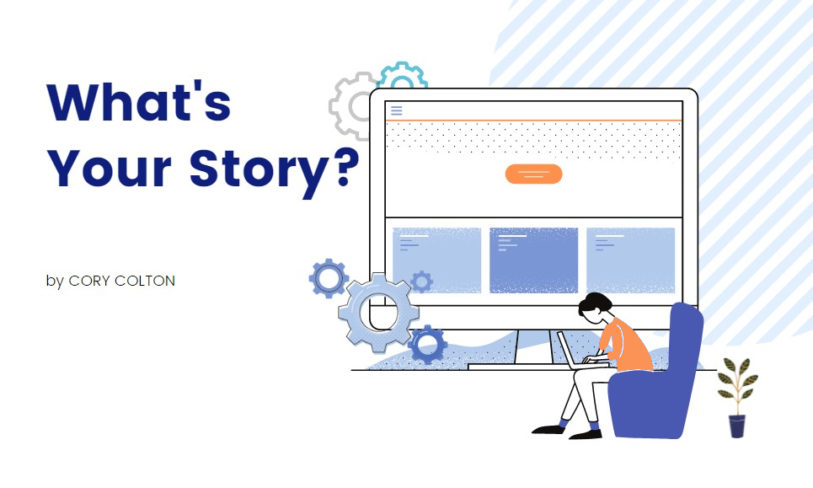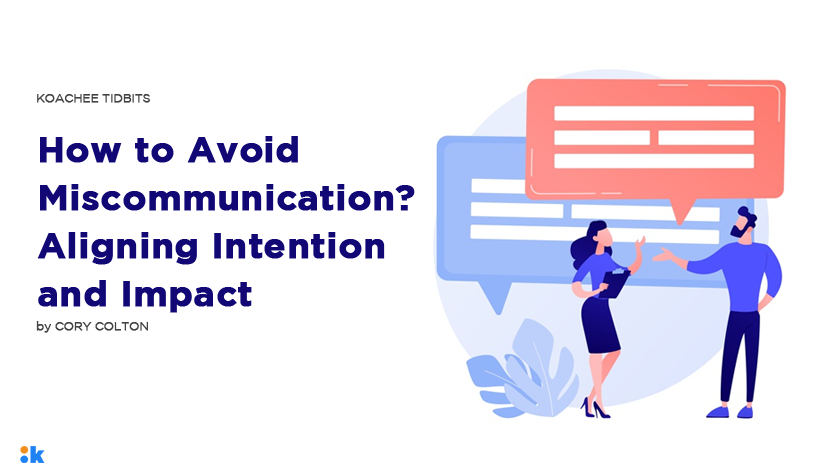Responding Responsibly!
It is easy to get fired up by a single email in your inbox while you already have a stressful day. Imagine you just finished a meeting with your manager who asked you to take care of another project on top of all the other tasks you are already struggling to complete. There is nobody available to help you and you feel pressured. In your mind, you run through all your deliverables over the next few weeks. Most projects are in the early stages but one of the high-priority projects called “Gremlin” is about to get over the line at the end of this week. You have no idea how to juggle all of those projects as they appear to be all of the top priorities. Your whole afternoon is completely booked out with one meeting after another. In the five minutes you have got left before the next meeting you check your inbox and notice an email marked as high importance and the word URGENT in the subject line:
Hi there,
I need to talk to you about the requirements for the ‘Gremlin’ project. Can you call me asap?
BR Jo.
What are your first thoughts?
You may fear that the project is at risk or that the requirements have to be revisited yet again. You may even think that the requirements have been completely wrong and the work has to be restarted.
You may say quietly to yourself:
“How disgusting! I spoke to them yesterday only, now what else do they want from me?” or ‘Oh, really, they could not even do this’ etc.
You are getting agitated, frustrated, or even annoyed.
This is only one situation out of multiple you handle during your day. Rather almost all of us face these or similar situations every day.
How is this Impacting You?
Today’s messaging is instant, whether it is on a tool like Teams, Slack, chat messengers, or emails. We are randomly and hurriedly being transported from one world to another and then to another, then to the other one, and so on. We are switching from one task to another because most of us keep reacting to incoming emails, calls, or other requests. And that leads us to have less time for working on strategic tasks we have committed to. There is hardly any time left to truly focus on what we are trying to achieve. This causes pressure to arrive fast at conclusions, hence resulting into:
- Unclear communication
- Incomplete tasks/deliveries
- Increased stress levels
- Compromised quality
What goes in your mind?
Engaging with the Limbic brain in the fast-speed world
When we get transported from one world to another suddenly, our mind doesn’t get time to process the complete information. Whenever we feel threatened, our brain gets into survival mode. When there is suddenly a snake in the room, getting into survival mode makes sense, but in cases like above, we may not need that. When our brain is not in survival mode, other more logical brain functions help us to respond to the situation rather than to react.
Daniel Kahneman, a Nobel memorial prize winner in economic science, has looked at how our brains work when it comes to decision making. He talks about system 1 and system 2 thinking. System 1 thinking is the fast efficient way. Here, the brain takes shortcuts by using unconscious and automatic thought. This type of thinking is very useful when you for example get up in the morning to sleepwalk into the bathroom to shower and brush your teeth. You literally can do it in your sleep. On the contrary, system 2 thinking is rather slow and allows us to look at a problem more analytically. For such thinking, we need to be fully awake and pay attention. Such thinking also requires a lot more energy and time that in our fast-paced work environment is often not available.
There are a lot of tasks that can be done on autopilot. However, as soon as there is an issue that requires resolving, our system 1 thinking can cause us to make unforgiving mistakes. This is because the shortcuts the brain takes can cause us to miss important details. We literally keep thinking we are on the motorway while we are driving through a residential road.
When shortcuts take longer than the long way around
The human body is a fascinating organism and all processes within are optimized to be as efficient as possible or in other words using as little energy as required to keep the body functioning perfectly. The more automated a process the more efficient it is. With automation there comes a downside. Everything out of the norm will run through the process as if it were the norm or won’t run through it at all. The same happens with biases that filter whatever communication comes through.
For instance, our thinking follows whatever information is readily available. While you are reading this sentence, in the back of your mind you may be still wondering how the situation from above unfolds. Your mind is primed to the story and the context that has been given to you. This encourages the thinking brain to come up with lots of assumptions that may even give you a sense of overwhelm or stress even though the situation is purely fictional.
Taking an objective look and checking all the pieces of information that are missing takes a lot more effort than reacting automatically. In other words, being already stressed about an additional workload as in the example above will make it more likely for you to start worrying about the requirements mentioned in that email and react with a reply that makes the issue a lot worse than it actually may be. All of a sudden, you find yourself in the middle of a never-ending email trail that doesn’t address the actual issue. This in turn will take valuable time from dealing with your workload and put even more pressure on yourself. A vicious cycle that you can only stop by knowing when to take shortcuts and when you better check again.
How do you handle it?
There are a number of ways you can break through that vicious cycle and manage the fast-paced and instant incoming messages more effectively. Here are six practicable ways:
Divide and Rule
I am sure you have heard about the famous line ‘Every action has an equal and opposite Reaction. The action and reaction are two separate events. The occurrence of a scenario like an email request as in the above case and your reaction are two separate events. As explained above, generally we tend to think in an autopilot way and these look like one single event to us. We recommend dividing an event into multiple sub-events/parts. In the above example, you might not have any control over the first event, the email you received for the project. but, you certainly can be in charge of the second event i.e. your response.
Be mindful
Do take a couple of breaths before you are responding to an event or even thinking about responding to the event. A few deep breaths send a good amount of oxygen to your brain and hence help you center yourself before you respond.
This way you gain clarity and control over your response because it takes you off autopilot mode and slows you down. It may also help you see the missing details much quicker.
Have Curiosity
We all have the superpower of ‘Curiosity’. It is time to tap into your superpower. Now again read the message (e.g. email in the above example) and be curious about –
- What are the facts in the email?
- Who is writing it?
- What do they want me to do?
- By when?
- In what way?
- What annoys me about this?
- Anything else that is stopping me from doing this task?
The above questions help you understand some of the facts about the email message. If the answer to any of these factual questions is unclear, then it may be a good idea to respond to the email requesting clarification. Depending on the relationship and culture, the action could be also to proactively send a calendar invite to discuss this issue at hand or call the person directly.
Think about the other person’s perspective?
You may want to step into the other person’s perspective. You may want to take a few moments to reflect on the following questions.
- What is the other person going through?
- What were they feeling when they sent this message?
- What is their intention here?
- What are they expecting from me?
When we see the message again with a feeling about the other person’s potential situation, it may give a different meaning to you now. Most of the time, the meaning will definitely be different. By trying to put ourselves into the other person’s shoes we also assess the facts from a more objective view. This way you are better equipped to respond effectively.
Check-in with yourself!
Ask yourself the question: How do I feel now?
You have already tried the above tips, yet you are still agitated and frustrated? Take some more time. Do not respond from that mind frame. Try something else and then get back to the email after some time. There are many other techniques to get yourself to a cooler mind e.g. deep Breathing, practicing Mindfulness, drinking water, walking around for some time, or having a chat with a colleague.
Do not ignore responding to the email at all. That is not the solution for sure. But at the same time, replying with an agitated mind is not helping you and your colleague either. Make sure you do respond to the email after you are in charge of your emotions.
Responding
When you respond to the message, do respond from the ‘WE’ point of view. What does that mean? That means when the receiver is reading the email, they get a sense that you are part of the solution to their challenge. You are with them. The person on the other side is less likely to feel judged, alienated, or dictated. Use your words very carefully while crafting your message. Do ask for clarification if you need it.
Conclusion
For the above situation, it would be best to call the person in the few minutes you have left. Alternatively, you can send a message that reads:
E.g.
Hello Jo,
I understand the urgency in your email. Unfortunately, my time is totally blocked this afternoon. Could you send me a few pointers about the requirements that we need to talk about? I will make sure that I help you clarify. Alternatively, I am free at 9am tomorrow, would that work for you?
Regards,
There is a good chance that Jo was going through a similar stressed situation and that she needed something that only you could answer. It may be just a need for confirmation that Jo has noted the requirements correctly without any risk to the project at all.
Getting overwhelmed and experiencing frustration is human. At the same time, you have the choice of how to handle your emotions and how to respond. Responding responsibly to emails will help you communicate more effectively. This also benefits the recipients of your emails.
You may want to watch this episode of Growth Mindset Conversations to learn more about writing effective emails –
Authored by
| Sandy Seeber-Quayle
Executive Coach
|
Manbir Kaur
Executive & Leadership Coach (ICF-MCC) Author of ‘Get Your Next Promotion & ‘Are You The Leader You Want To Be?’ |







